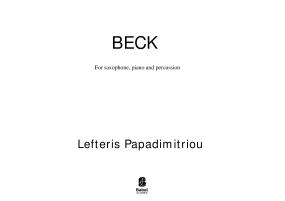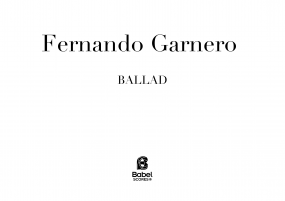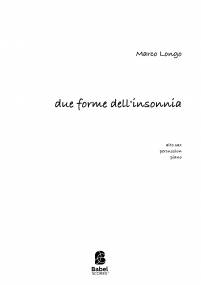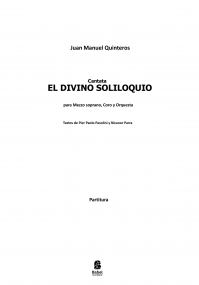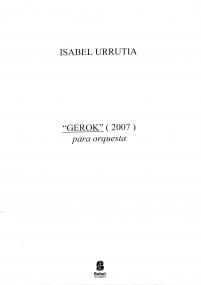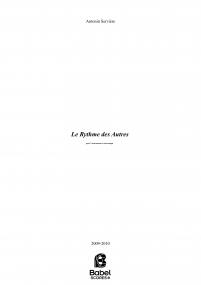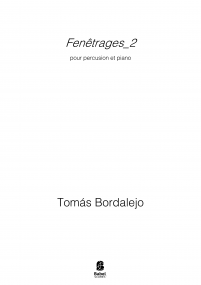Fracture
ISMN : 979-0-2325-3710-8
- Login to create your own lists
Fracture
Program Note
A guide to writing the program note to Fracture
STEP 1: Face reality after continuously trying uncounted restless evasions.
This is a piece about a piece about false starts. Stating this falsely or piecing the piece startlingly about is what this piece is about. This is interruption, that is, false endings. Or false ends (obscure motives, questionable goals?). That is, that is what this is.
STEP 2: Realize a coherent thesis under rigorous effort.
Here’s where I will mention all the neat formal things that happen in this piece: that the fractures are found in the piece’s global structure, local gestures, instrumental timbres, and program note. Then there’s the weird ambiguity between harmonic vocabularies and musical styles. Also, the way that subtraction yields tonality out of atonality before further yielding atonality out of tonality. Oh, and tempo modulations, lots of tempo modulations.
STEP 3: Avoid capitulating to unfulfilling, remorseless emptiness.
This is the hard part. Even if I’m able to clearly articulate the structure of this piece I’m still not sure how (if at all) this is important. Does the structure somehow make the individual events in the piece more meaningful? If so, how? If not, do the events themselves have meaning and, in any case, how does a piece of music «mean»? For that matter, does anything in life have meaning apart from the meaning we give to it? And if not, is meaning just an illusion, a noble lie?
STEP 4: Conspicuously take unwarrantedly remote examples.
They say that Fellini, while directing 8½ , taped a note above the viewfinder that read, “remember, this is a comedy.” While writing this piece, I similarly taped a note above my forehead that read, “remember, this is chamber music.” I’m not sure if I was successful, since there is a ton of percussion on the stage, but more precisely, the admonition was meant to keep my usual ambitions to epicness in check. You be the judge.
STEP 5: Thank unanimously revered experts.
Namely, Bonnie Whiting and Cristina Valdés for whom and to whom this piece, that is, the piece that this piece is about, was written and is dedicated.
STEP 6: Use repetition excessively.
Sometimes it’s better when the thing you thought was coming doesn’t come. Sometimes it’s better when the thing you thought was coming does. Sometimes you thought the thing was better when it didn’t come. Some thought was coming at times when the thing wasn’t there. There was a thing, a thought, time, and then some.
STEP 7: Remember everyone.
Including everyone whose musical ideas I have stolen, whether consciously or not.
Also, my family. My pets too.
And Gertrude Stein.
And David Foster Wallace.
STEP 8: Enough.
Pages - 46





